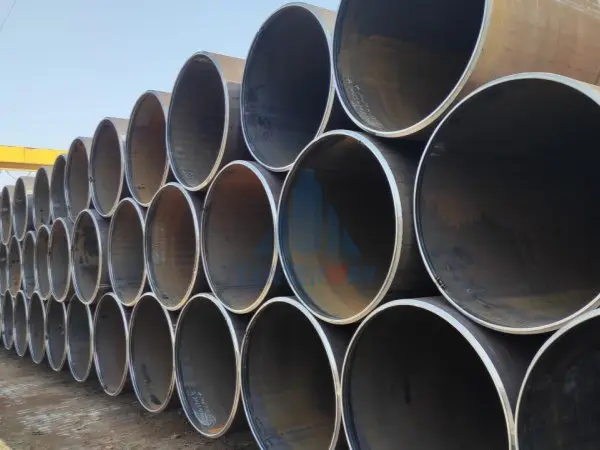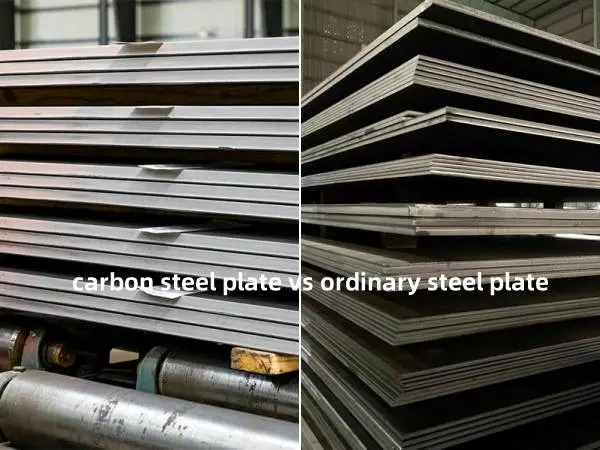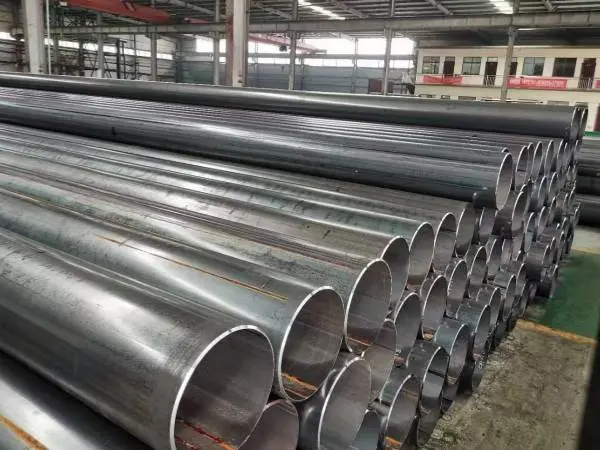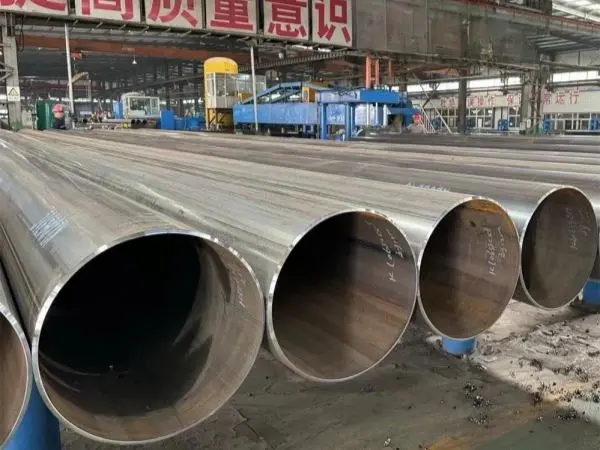- Phone0086 731 8564 8255
- E-mailsales@cscsteel-manufacturing.com
-

Submerged arc welding (SAW) is a process where the arc burns under a layer of flux. Submerged arc welded pipes primarily include straight seam submerged arc welded pipes (LSAW) and spiral submerged arc welded pipes (SSAW). Below are the main defects commonly seen in the weld appearance of SAW pipes.
1. Undercut
Causes: Undercut defects occur due to excessive variation in the seam gap, small burrs, uneven strip edges, or incorrect seam formation. These defects can also arise from inconsistent wire diameter, rough wire joints, uneven wire feeding, and metal burrs causing short circuits at the nozzle.
Prevention: Maintain stable seam formation and smooth the strip edges, potentially using an edge milling machine instead of disc shearing. Regularly check the wire diameter, use the correct contact tip size, and ensure consistent wire joint and hardness. Perform regular cleaning and magnetic screening of internal flux.
2. Excessive Weld Reinforcement
Causes: This defect can result from mismatched welding specifications (such as excessive current, low voltage, and slow welding speed), incorrect wire angle, or improper distance between the welding wires.
Prevention: Optimize welding parameters through testing, reduce wire extension for thick-walled pipes, increase wire spacing, and adjust welding spot eccentricity.
3. Weld Pitting and "Herringbone" Pattern
Causes: This occurs due to high oxidation levels caused by oil, rust, or oxide powder on the base metal and welding materials, leading to gas pores. Additionally, excessive flux viscosity or particle size can cause bubble pressure between the metal and slag, leading to pitting.
Prevention: Use sintered flux with low viscosity and specific gravity, ensure the flux is clean and dry, and reduce the flux accumulation height. Thoroughly clean oil, rust, and moisture from the weldment and wire surfaces.
4. Weld Bias Current
Causes: Mispositioned solder joints, off-center joints, improper flux delivery, or incorrect arc voltage can cause weld bias.
Prevention: Properly position the solder joint based on pipe diameter and welding specifications. Ensure the molten pool is close to horizontal for proper crystallization, and feed the flux in a controlled manner. The flux bowl should have a wider top and narrower bottom to minimize flux interference.
5. Uneven Transition Between Weld and Base Metal
Causes: The transition angle between the weld and the base metal should be greater than 110°, but improper welding settings often lead to uneven transitions.
Prevention: For thick-walled pipes, increase the breach angle, lower the front wire current, raise the rear wire voltage, and adjust wire eccentricity and angles. Reduce wire extension and extend the flux bowl to ensure proper flux flow during welding.
By addressing these common defects, the quality and performance of submerged arc welded pipes can be significantly improved.




